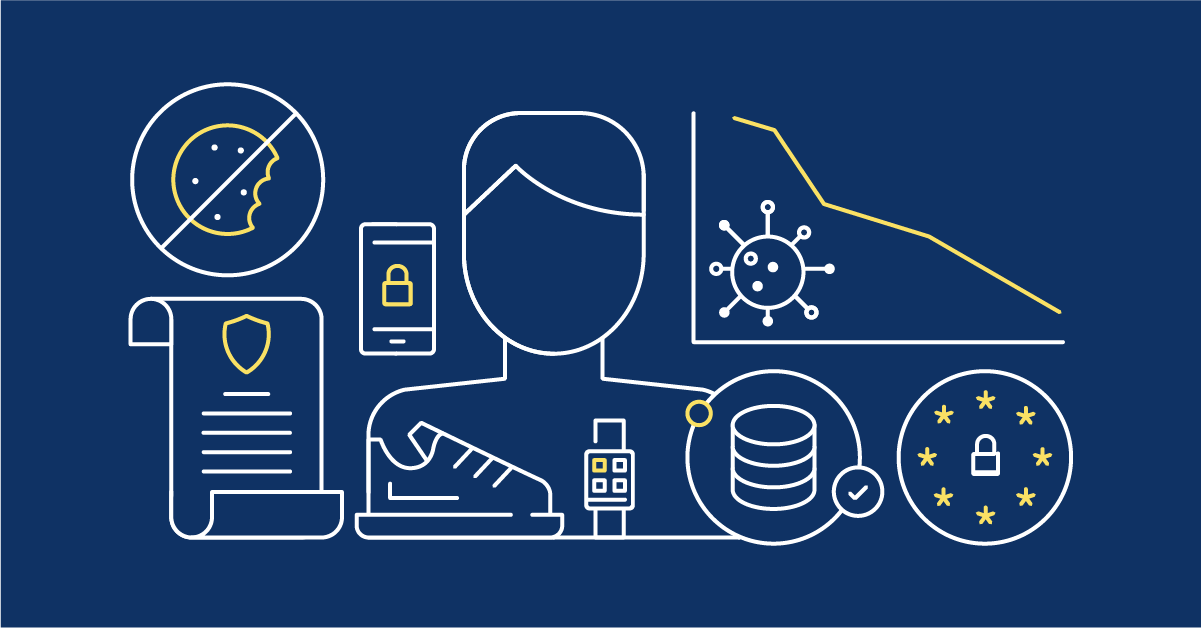One of the most powerful marketing tools of the past 25 years is the concept of the customer journey.
It allowed us to step away from the over-simplifications of the marketing funnel, and instead think about what happens – and what should happen – every time a customer encounters a brand, in whatever medium, channel or platform.
Sometimes it’s hard to believe the idea was introduced as far back as 1998. At other times it’s just as hard to believe it’s not been around for ever. The truth is, the concept could have been developed at any time. But it needed lots of data – and different types of data – to become more than just a concept. And that’s why things are getting critical now.
More data, more problems?
The customer journey model can be simplified into three main phases: acquisition, engagement and retention. Each of those phases requires a different mix of first- and third-party data. At the start of the journey, acquisition relies mainly on third-party data for prospecting, as well as some partner data for enrichment. After the sale, retention is purely first-party based, since it depends on understanding how the individual customer engages with the brand; what they buy, how often, and how loyal they are. In between, engagement requires a mix of all three types of data.
Marketers face a number of issues with this approach; some well-recognised, others new. The teams responsible for different channels or media don’t always talk to each other, and rarely share their data. It’s all but impossible to match online and offline behaviours. The restrictions introduced around first-party data by GDPR made many organisations shy away from using it.
Now, on top of all this, the days of the third-party cookie are numbered. The cornerstone of targeting, retargeting, measurement, frequency capping, attribution, campaign optimisation, and dynamic creative optimisation will vanish from nine out of ten browsers early next year. The result has been a scramble for a replacement, with first-party data emerging as key to building a meaningful relationship with customers.
Rich brand, poor brand
If only it were that simple. How much first-party data you have depends on your brand and your route to market. Data-rich brands generally have a direct relationship with their customers, and have robust ways of collecting data from them such as loyalty programmes or ecommerce. Data-poor brands typically sell via retail partners, so they’re not collecting transactional data.
Data-poor brands are at an obvious disadvantage, and we’re seeing concerted efforts by many to address that with direct-to-consumer strategies, usually online. Retailers too are attempting to grow their digital commerce, partly because of the economic advantages, and partly because of the overall trend to online shopping that has been accelerated by the pandemic.
But simply being data-rich isn’t enough. These brands rarely have their first-party data seamlessly integrated across all their marketing channels, and are often still missing valuable data points, such as customer demographics or interests.
Right data, right time, every time
Making the customer journey model work as a marketing tool takes data, but more importantly it takes the right data, combined in the right way, at the right time, every time. This raises structural, cultural and technological questions for the organisation, which we’ll discuss in future posts.
But the ultimate aim must be a 360º data strategy leveraging first-party, third-party and partner data around each customer individually. This allows different data sources to be used in acquisition, engagement and retention, with the data itself being refined, enriched and updated as the customer moves through their journey. Only that way can the consumer journey be turned from a concept into a useable, powerful tool.
